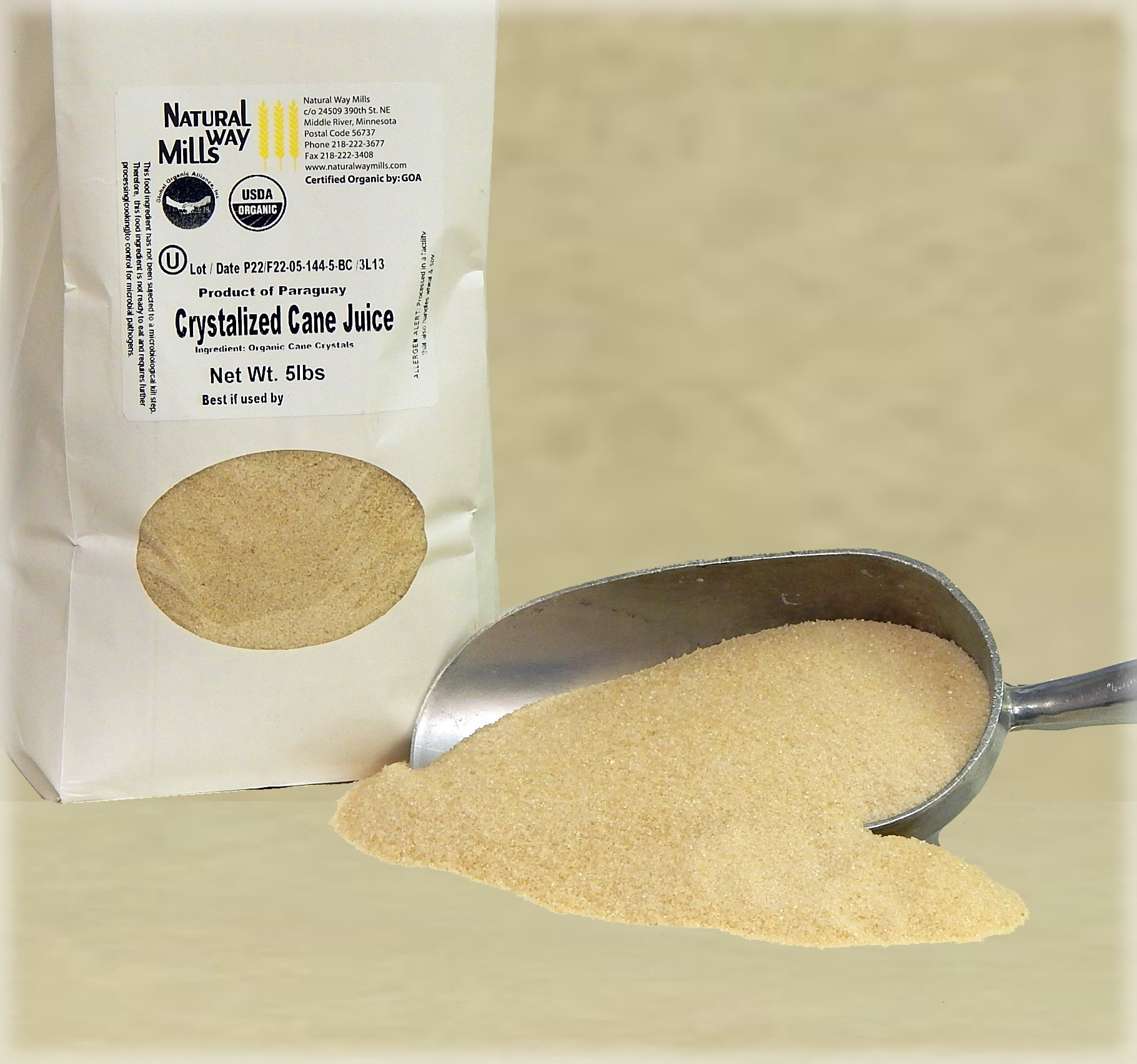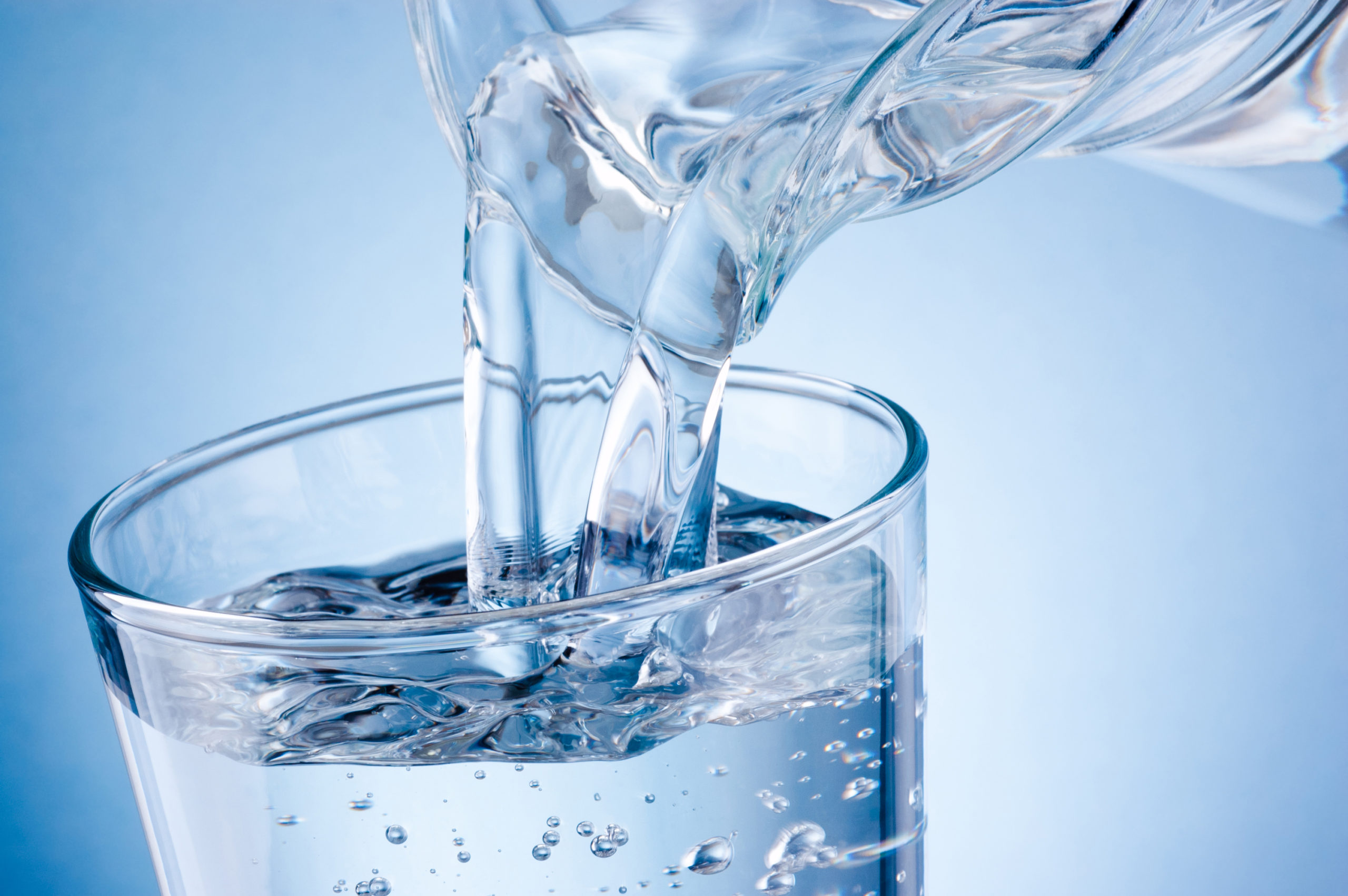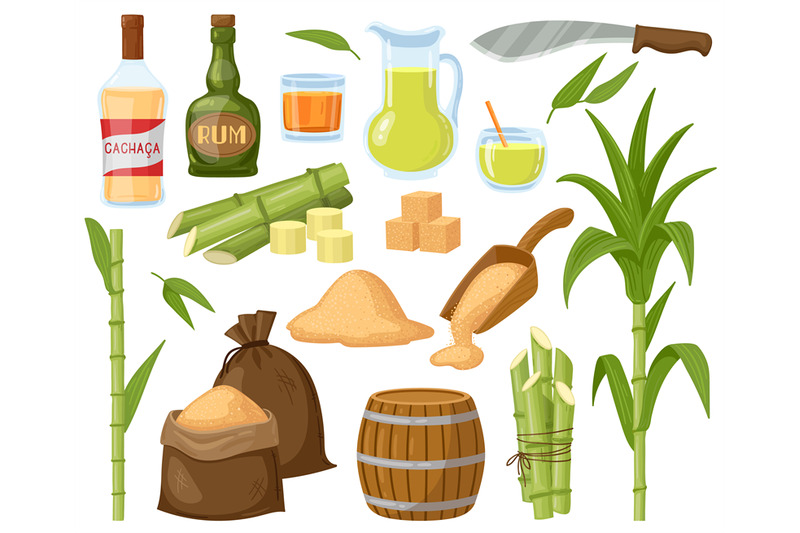What to Look for in sugar cane products for Your Recipe
The Comprehensive Trip of Sugar Cane: Recognizing Products and Production Techniques
The trip of sugar walking cane is an intricate process that starts in exotic areas with excellent expanding problems. Farming methods are created to make best use of yield and sustainability. Collecting approaches vary from traditional hand-operated strategies to modern-day mechanical methods. After harvest, sugar walking stick goes through various processing phases to change it right into granulated sugar. This exploration discloses not only the complexities of production however additionally the broader effects for global markets and the atmosphere. What exists yet first change?

The History of Sugar Cane Cultivation
Although sugar walking cane cultivation go back hundreds of years, its origins can be traced to the tropical regions of Southeast Asia, where early farmers first recognized the plant's pleasant sap. This exploration brought about the farming of sugar walking cane as a staple crop, gradually spreading out to India and the Center East. By the very first millennium advertisement, sugar cane was being grown in these areas, where techniques for drawing out and refining sugar were developed.The plant obtained prestige in Europe during the Crusades, as returning soldiers brought expertise of sugar production back home. By the 15th century, the establishment of sugar ranches started in the Caribbean, driven by the demand for sugar in Europe. The transatlantic slave labor fueled this expansion, as shackled labor was made use of to make best use of production. Over centuries, sugar walking stick cultivation progressed, influencing economic climates and cultures worldwide, making it a significant agricultural asset.
Expanding Problems and Agricultural Practices
The successful growing of sugar cane relies heavily on particular expanding conditions and agricultural practices. Perfect temperature levels vary in between 20 to 32 levels Celsius, with well-distributed rains of 1,500 to 2,500 millimeters annually. Soil top quality is vital; loamy or sandy dirts, abundant in organic matter, advertise healthy growth.Farmers typically use various farming techniques to improve yield. Crop turning and intercropping are common techniques to maintain soil fertility and control pests. Routine irrigation might be essential in drier areas, making sure that the plants obtain appropriate dampness. Fertilizing, particularly with nitrogen and potassium, is important for robust growth.Pest and weed monitoring methods, consisting of integrated parasite administration (IPM), assistance to reduce losses. Lasting methods, such as marginal husbandry and chemical-free farming, are acquiring traction among manufacturers to secure the setting. Jointly, these variables contribute greatly to the successful production of sugar cane.
Harvesting Strategies and Timing
In sugar walking cane production, the choice between handbook and mechanical harvesting considerably impacts performance and yield. Timing is also vital, as harvesting at the excellent minute assurances optimal sugar content and decreases losses. Understanding these factors is vital for effective sugar cane farming.
Manual vs. Mechanical Harvesting
Harvesting sugar walking cane entails two primary methods: guidebook and mechanical, each with unique benefits and challenges. Hands-on harvesting, commonly performed by workers using machetes, enables better precision in cutting and lowers damages to the plant. It is typically preferred in regions with uneven terrain or where the crop is sprinkled with other plants, as employees can navigate these intricacies extra efficiently. It is labor-intensive and taxing. Conversely, mechanical harvesting utilizes specialized devices to cut and accumulate the walking cane quickly, enhancing effectiveness and lowering labor prices. This technique is suited for massive procedures but can bring about higher plant damages and soil compaction. Ultimately, the option between guidebook and mechanical harvesting depends on numerous aspects, consisting of economic considerations and environmental conditions.
Optimal Collecting Timing
Selecting the right minute to gather sugar cane considerably influences both return and top quality. Ideal collecting normally occurs when the walking cane reaches complete maturation, typically between 12 to 18 months after planting. At this stage, sucrose degrees top, making sure the best sugar extraction rates. Weather additionally play a vital function; collecting throughout dry periods can avoid damage to the walking stick and lessen soil compaction. Additionally, keeping an eye on the plant's shade and leaf decrease can suggest preparedness, as a yellowing of the fallen leaves suggests that the walking stick is ripe. Timely harvesting is important, as hold-ups can result in lowered sugar material and raised susceptibility to parasites and conditions, inevitably affecting general production efficiency.
Handling Methods: From Cane to Sugar
The handling of sugar walking cane includes vital extraction strategies that separate the juice from the fibrous plant material. Following removal, the refining process changes the raw juice into taken shape sugar, ensuring pureness and quality. Recognizing these approaches is essential for comprehending the trip of sugar from walking discover here cane to end product.
Extraction Techniques Summary
Extraction strategies play a significant function in transforming sugar walking cane into useful sugar. The cane is harvested and transferred to refining facilities where it undergoes thorough cleaning to eliminate pollutants - sugar cane products. The next action entails squashing the walking cane using hefty rollers, which launches the juice containing sucrose. This juice is then clarified via the enhancement of lime and warm, permitting pollutants to settle out. After explanation, the juice is vaporized under controlled temperatures to focus the sugar content. Subsequently, formation happens, where sugar crystals are developed as the focused juice cools. These strategies guarantee the efficient removal of sugar while keeping the high quality required for more processing. Comprehending these approaches is essential for understanding the total production of sugar from sugar walking stick
Refining Process Explained
Refining sugar from the drawn out juice is an important step that improves its purity and top quality. This procedure involves several phases, beginning with clarification. The juice is heated and treated with lime and other representatives to eliminate contaminations, resulting in a more clear liquid. Next off, the clarified juice undertakes dissipation, where water is eliminated to concentrate the sugar content. The concentrated syrup is then taken shape by cooling, allowing sugar crystals to form. These crystals are divided from the remaining syrup, called molasses, with centrifugation. Finally, the raw sugar is more improved via washing, filtering, and drying out, which gets rid of any continuing to be pollutants. The end item is the granulated sugar commonly utilized in families and sectors worldwide, making certain consistency and sweetness.
Sustainable Practices in Sugar Cane Production
Although sugar walking stick production has generally relied upon intensive farming techniques, there is an expanding emphasis on lasting practices that promote environmental health and wellness and financial viability. Farmers are increasingly embracing strategies such as plant turning, which boosts soil fertility and reduces parasite invasions. Integrated pest administration (IPM) is likewise gaining traction, permitting natural predators to regulate pest populations, thus minimizing chemical pesticide use.In enhancement, developments in irrigation methods, such as drip watering, are being utilized to conserve water resources. Sustainable land management practices, consisting of decreased tillage, aid prevent dirt erosion and keep biodiversity. Additionally, numerous manufacturers are checking out natural farming methods, which eschew synthetic plant foods and pesticides altogether, cultivating a healthier environment.
The Global Sugar Market and Economic Impact
Sustainable practices in sugar cane production not just profit the atmosphere however additionally influence the dynamics of the global sugar market. As customer need shifts towards ethically generated items, nations adopting lasting approaches get competitive advantages. This trend motivates significant sugar merchants, such as Brazil and India, to incorporate green techniques, consequently influencing worldwide pricing and supply chains.Moreover, variations in production because of climate adjustment and ecological laws can create volatility in sugar rates, affecting economic climates reliant on sugar exports. Areas that spend in lasting farming might experience enhanced return security, leading to better market positioning.Economic influences extend past individual nations, as global profession arrangements and tariffs form the competitive landscape. Inevitably, the interplay in between lasting practices and market characteristics underscores the relevance of adaptive methods in a swiftly altering financial setting, influencing both producers and customers in the global sugar market.
Developments in Sugar Cane Usage and Byproducts

As the demand for renewable energies grows, developments in sugar description cane use and byproducts are changing the agricultural landscape. Scientists and business owners are discovering novel applications that expand past conventional sugar production. One considerable development is the conversion of bagasse, the coarse deposit left after juice removal, right into bioenergy and bioplastics (sugar cane products). This not only reduces waste but likewise provides sustainable energy options for processing facilities.In addition, advancements in our website fermentation technology have resulted in the production of biofuels, such as ethanol, from sugar walking stick, which contributes to cleaner energy services. Additionally, the removal of molasses has actually opened up opportunities for producing value-added products like animal feed and specialized spirits.These technologies not just boost the financial stability of sugar cane farming yet additionally advertise environmental sustainability, making sugar cane a pivotal plant in the change in the direction of a round economic climate. The ongoing expedition of its potential continues to yield promising results
Often Asked Questions
What Are the Wellness Consequences of Consuming Sugar Cane Products?
The health and wellness effects of consuming sugar walking cane items can vary. While they give energy and essential nutrients, excessive intake may bring about weight gain, enhanced blood sugar level levels, and a greater danger of dental concerns. Moderation is vital.
Exactly How Does Environment Change Influence Sugar Cane Production?
Climate adjustment considerably affects sugar walking cane production by altering rains patterns and boosting temperatures. These modifications can result in decreased returns, raised insect pressures, and obstacles in keeping dirt health and wellness, inevitably influencing both high quality and quantity of harvests.
What Is the Function of Sugar Cane in Biofuel Production?
The duty of sugar cane in biofuel production is considerable; it offers as a sustainable power resource, converting sugars into ethanol. This process minimizes dependence on nonrenewable fuel sources and helps alleviate greenhouse gas exhausts, advertising environmental sustainability.

Are There Any Type Of Alternate Sugar Acquired From Sugar Cane?
Different sugar originated from sugar walking stick include molasses and cane sugar itself. These products provide sweetening alternatives while preserving some dietary advantages, making them prominent choices for consumers looking for natural alternatives to artificial sugar.
Just How Does Sugar Cane Farming Affect Local Communities?
Sugar walking cane farming substantially influences regional communities by providing work chances, increasing regional economies, and affecting social structures. Nevertheless, it can also cause environmental problems and health and wellness issues, requiring a well balanced approach to lasting techniques.